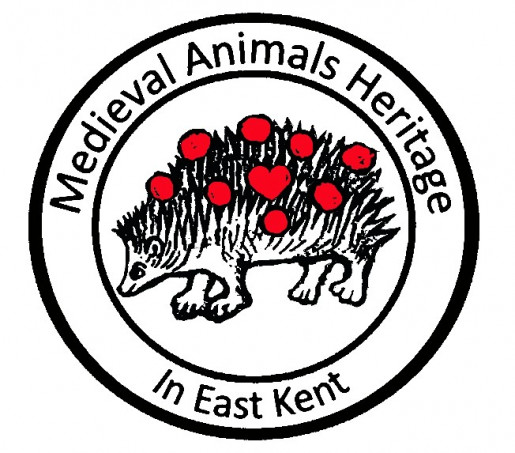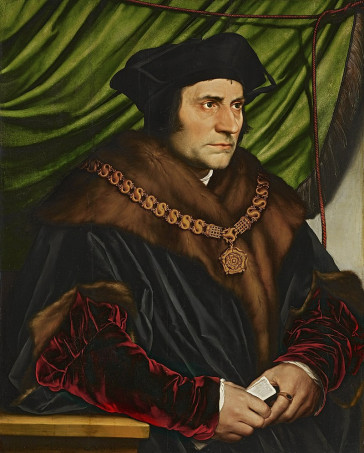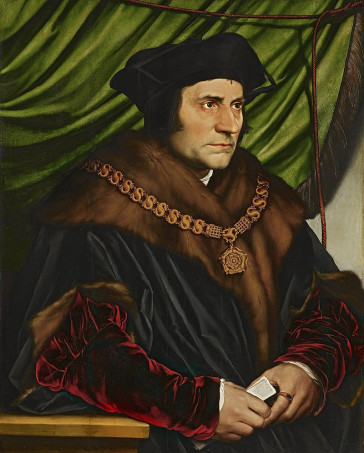Next week, as it’s half term, will bring Dr Diane Heath’s expedition to Wildwood as part of the Lottery Funded ‘Medieval Animals Heritage’. Last time this proved to be hugely successful with the families that took part and this one is likely to be equally popular! Also coming up shortly Dr Claire Bartram will be launching the CKHH’s Instagram, do watch out for this on 14 February!

Also next week I’ll be doing the next history online workshop for the Lossenham Project on the potential of bedels’ rolls for exploring such topics as land use and farming practices in the 13th and 14th centuries. Indeed, the CKHH is very busy working with this community-focused project to bring out the history and heritage of this fascinating area on the Rother Levels, with its centre at Lossenham Priory. Such projects and collaborative working offer considerable ways to place the Centre as a bridge between CCCU and various outside stakeholders, as we discovered when we sat down to think what we could offer to Dr Chris Pallant as posters celebrating enterprise and knowledge exchange. This exhibition will be part of the Faculty Research and Enterprise Day, Sustainability and Creativity on 30 June. For we were able to come up with over 20 projects/topics that could be the subject of such posters that CKHH is currently involved in or has been over the last couple of years.
Such a one, although only in its infancy, is our continuing engagement with Canterbury’s parish churches, and in this case most specifically St Dunstan’s which is in Westgate not far beyond the city walls. As you may remember as part of last year’s Applied Humanities 2nd year undergraduate module, Beth Woljung [ https://blogs.canterbury.ac.uk/kenthistory/black-histories-maritime-kent-and-st-dunstans-church-exchanging-knowledge/ ] researched and designed some pop-up banners on aspects of the church’s history that included Sir or St Thomas More.

Building on this, I have joined The Fellowship of St Thomas More [ https://www.dunstanmildredpeter.org.uk/fellowshipofstthomasmore.htm ] at the church that under the auspices of the PCC and the rector the Rev. Jo Richards wish to extend the considerable work done in the past about St Thomas More and St Dunstan’s church under the idea of Mission through Heritage and Tourism. For the presence of More’s head behind a grill in the Roper vault that is commemorated at ground level in the chapel has brought many visitors and pilgrims to the church from across the country and from much further afield. Consequently, this provides an opportunity to open up conversations about the Reformation, about More’s place within Tudor society and about the ideas and values he espoused during those turbulent times. Such an example of this was Dr Doreen Rosman’s talk last September [ https://blogs.canterbury.ac.uk/kenthistory/kentish-martyrs-saints-and-the-middling-sort/ ] in the church on ‘Conflicting convictions: martyrs of the 16th century’ as part of the joint CKHH and Canterbury Churches’ week of talks on ‘Kentish Saints and Martyrs’.
This new initiative at St Dunstan’s church is an exciting prospect, especially in the context of exploring More’s life and what his story has meant to people over the centuries. Furthermore, the project has the potential to bring in the personal and family story of the Ropers, a prominent local family whose gateway still adorns Westgate Street with its iconic Tudor brickwork that pairs beautifully with the brick-built Roper chantry chapel attached to the south-east corner of the church. As a way of coming up with a plan about how we may go about this, the group had a meeting with the Rev Dr Lesley Hardy who has been heavily involved in two Lottery-funded projects while she was a lecturer at CCCU. These projects were based around public history and community heritage at Folkestone, the latter being ‘Finding Eanswythe’ which resonates particularly here because of the centrality of a saint and his/her relics. Lesley outlined what they had done at Folkestone and why they had taken that course of action, before posing the question of what St Dunstan’s wanted as their outcome and this provoked a considerable discussion. For even though all agreed More had to form the key element, it was felt by many that the story of Henry II on his penitential pilgrimage to Becket’s tomb should not be forgotten, nor the presence of the church’s exceedingly old bell. Consequently, drawing on Lesley’s expertise, we had a fruitful discussion and afterwards people thought the meeting had been very helpful, so thanks Lesley for this.

These issues will come back into the conversation, but all agreed that More and in a sense his being a man ‘for all seasons’ was a good way to start in that he might be said to be ‘reinvented’ by each new age, often provoking different reactions within a specific generation. Moreover, this offers more opportunities to make him, his beliefs and times more relevant today, as well as providing insights into different ages as we explore the ‘More’ they envisaged. To get a feeling for this we need to examine how antiquarians and other writers from the 16th century onwards saw him and those around him. Additionally, this will include the attitudes of his contemporaries such as men like Colet and Erasmus, as well as his daughter Margaret and son-in-law William Roper.
Just briefly and starting with William Somner from the later 17th century, he does mention the link between More and William Roper, including William’s marriage to Margaret, More’s daughter, but Edward Hasted’s account from a century or more later gives slightly greater detail, mentioning that More’s skull is “in a hollow in the wall of the vault underneath [the Roper chapel], having an iron grate before it” being next to Margaret’s coffin. There does not seem to be any sense here of this being generally visible to visitors, rather it is the devotion of a daughter to her father that Hasted highlights, recording that she had “privily bought” her father’s head after it had been stuck on a pole on London Bridge, and had then kept it with her in a lead casket during the rest of her life before she and More’s head were buried at St Dunstan’s in the Roper vault. Interestingly, Hasted records that even though initially More’s body was buried at St Peter in the Tower, at a later stage he was reinterred at the family’s parish church in Chelsea.
A near contemporary account from 1787 in The Kentish Traveller’s Companion similarly mentions the preserved skull in a niche of the wall of the Roper vault, as well as it being behind an iron grate. Equally Margaret’s devotion to her father is remembered, including the idea of hearsay in that she was said to have wanted to be buried with the skull in her arms. Again, there seems to be no hint of access, the vault said to having been “closed up a few years since” because it was full of Roper burials.

Interestingly an account from just over twenty years later makes no mention of St Dunstan’s but in William Townsend’s account of Canterbury from 1950 there appears to have been a marked change in that he sees St Dunstan’s church as “worth a visit by devotees of St Thomas More, whose head was buried there in her family chapel by his daughter Margaret Roper.” A city guidebook, The Pilgrim’s Guide to the Royal and Ancient City of Canterbury from three years earlier had similarly seen the chapel as belonging to the More not the Roper family, stating that the earliest monument there belonged to Edmund More (1433) and that the ‘most famous of the Church’s memories is the burial here in the neighbouring family vault of the severed head of Sir Thomas More, canonized in recent times.” Nevertheless, his daughter’s devotion, rescuing “the sad relic” of her father’s head from London Bridge after it had been placed there 14 days earlier continued to be a prominent part of the narrative, and it is still there in John Boyle’s completely revised edition of the official Canterbury Pilgrim’s Guide from 1968. In this version Margaret provided “reverent burial” for her father’s head in the Roper vault in a niche, and by this time Boyle noted that above the vault “a tablet recalls this event”.

Even though this has been merely a very quick look at a few writers on Canterbury and its environs, I think it has demonstrated some of the aspects we discussed with Lesley on Tuesday evening by showing how Thomas More has been in a sense reimagined (reinvented?) at different points in the past, being somewhat of a barometer regarding attitudes to relics, what constitutes sanctity and responses to it that would seem to fit the church community’s notion of Mission through Heritage and Tourism.
 Centre for Kent History and Heritage
Centre for Kent History and Heritage Sheila Sweetinburgh
Sheila Sweetinburgh 2827
2827



Is the head still there?
Hello Mark, yes it is in the vault below the chapel, which means no access but a film was made when the vault was opened in the late 1990s.